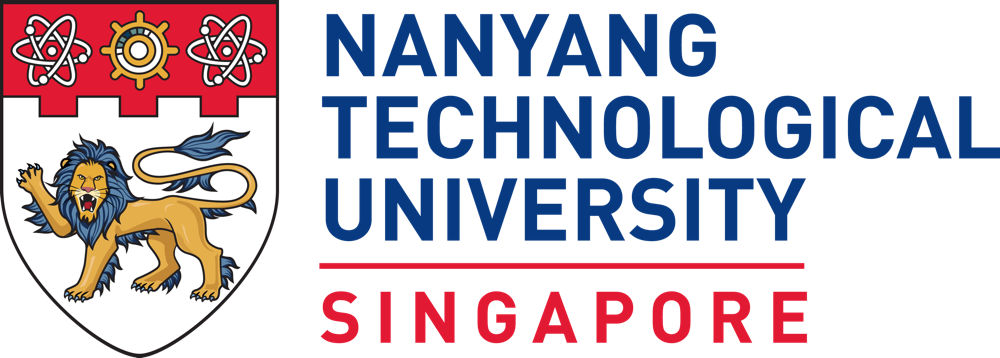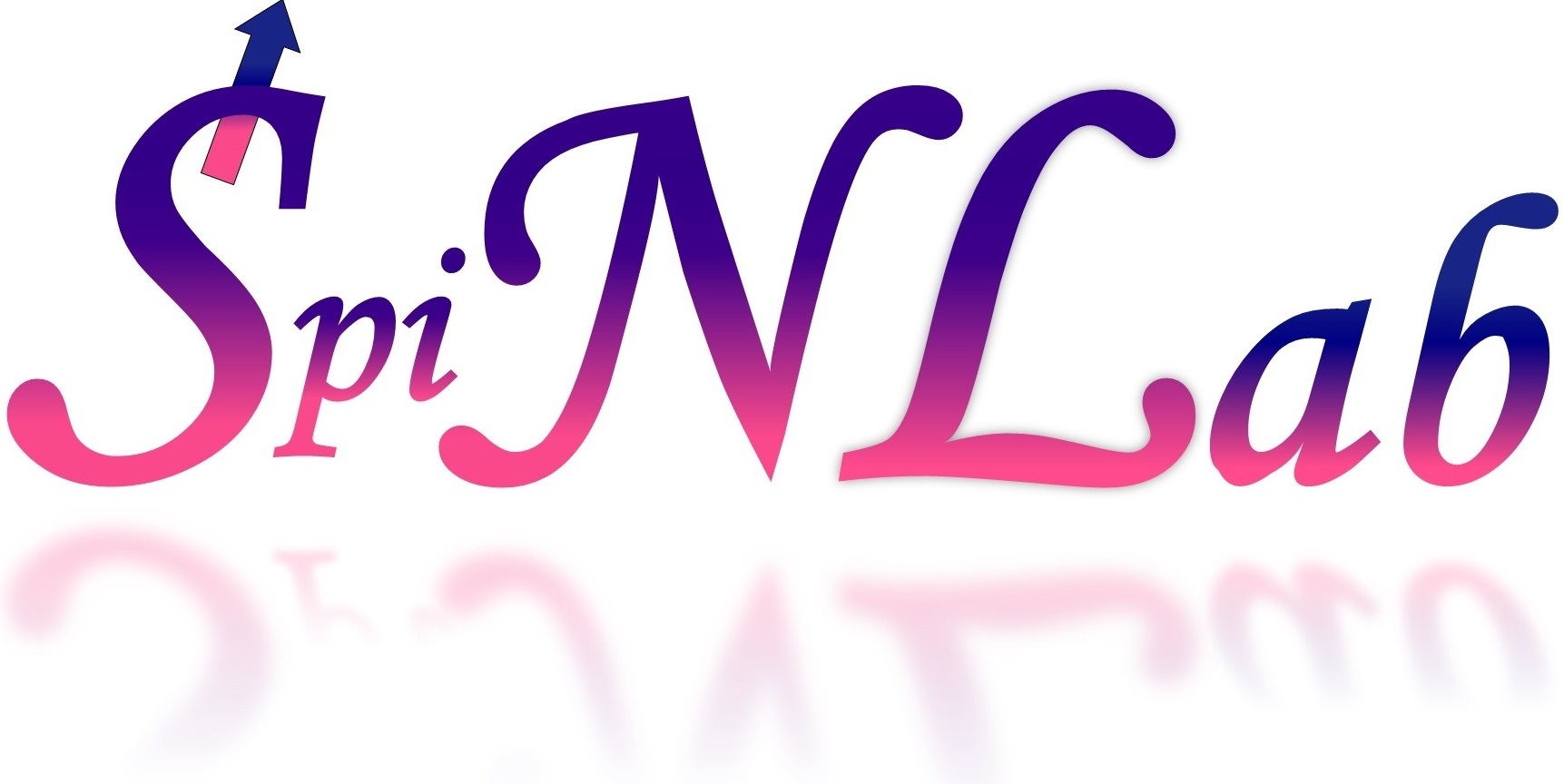Research Activities
- Neuromorphic Computing
- Domain Wall Memory
- Magnetically Textured Materials, including magnonic crystals
- Magnetic recording media
Domain wall memory based neurons and synapses are being investigated as potential devices for neuromorphic computing. We collaborate with various researchers from academia and industry, to achieve this ambitious goal.
Domain wall memory is investigated as a potential candidate to store information at high capacities. In domain wall memory, the information is moved by spin torque current and may be ready by magnetic tunnel junctions. The domains, which are magnetized in one or the other direction, store the information. One of the challenges in domain wall memory is to pin the domain wall positions in a controllable manner. There are several researches that use notches to stabilize domains. We carry out research on alternative methods to pin domain walls, in order to stabilize the domain wall positions.
Magnetically textured materials can be used in several forms. Skyrmions, materials with a magnetic texture at nanoscale, are potential materials for memory. Magnonic crystals, where magnetic texture or property is different and periodic, are useful for controlled spin wave propagation. Research activities are being carried out in these areas.
Magnetic recording has reached a stage, where it becomes extremely difficult to push the technology further. While 12 TB drives are already announced, the industry is looking at pushing the capacity further. In this aspect, magnetic media plays an important role. To achieve high density of information, it is necessary to reduce the grain size, grain size distribution etc. In our group, technologies to reduce the grain size, grain size distribution to improve the recording performance of hard disk media are being investigated.
- Energy harvesting
- Lithography
Magnetic materials and their nanostructures are investigated for energy harvesting
Lithography (using optical, electron-beam, self-assembly or imprinting) have been studied for potential applications in hard-disk recording media, magnetic random access memory etc. We have imprinting and self-assembly processes to cater to different needs. Our optical lithography is maskless. We can draw patterns of any kind (with a resolution of about 2 um). We are open to collaborate on exploring the lithography for several possible applications.





